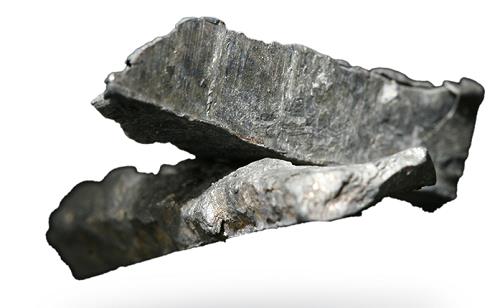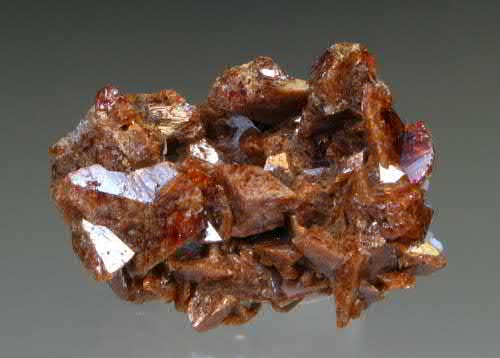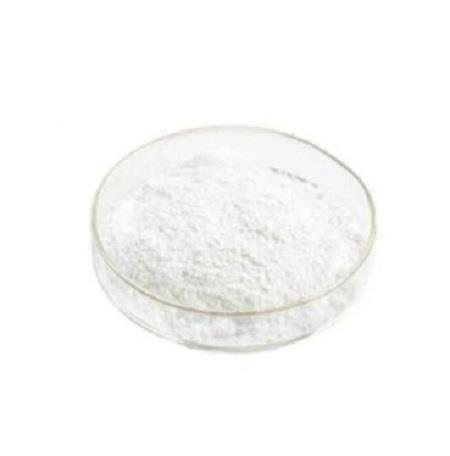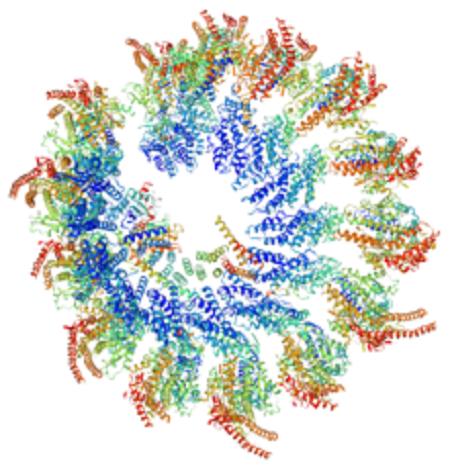Uses of cerium
Cerium is a rare earth metal and the most abundant member of the lanthanide series discovered by Jons J. Berzelius and W. von Hisinger in 1803 in Sweden. Berzelius and Hisinger discovered the new element in a rare reddish-brown mineral now known as cerite, a cerium–lanthanide silicate. Although they could not isolate the pure metal, they found that cerium had two oxidation states: trivalent state (Ce3+, cerous, usually orangered) and the tetravalent state (Ce4+, ceric, usually colorless). Cerium is the only material known to have a solid-state critical point.

Properties
Although cerium is a rare earth element, it is relatively abundant in the earth’s crust. It makes up about 0.0046% of the Earth’s crust by weight and ranks 25th in occurrence at an average distribution of 20–60 ppm. Cerium is a malleable, soft, ductile, iron-gray metal, slightly harder than lead. It is very reactive and readily tarnishes in the air. Cerium oxidizes slowly in cold water and rapidly in hot water. It dissolves in acids. Cerium can burn when heated or scratched with a knife.
Uses
Cerium is used in metallurgy as a stabilizer in alloys and in welding electrodes; in glass as a polishing agent, decolorizer, and to render glass opaque to near-ultraviolet radiation. It is also used in ceramics and as a catalyst. Cerium is used as a component of some diesel fuel additives, and may be added to residual fuel oils to improve combustion. Cerium is found in portable rechargeable batteries.
Environmental Fate
Cerium is not expected to exist in elemental form in the environment since it is a reactive metal. Cerium is dumped in the environment in many different places, mainly by petrolproducing industries. It can also enter the environment when household equipment is thrown away. Cerium compounds exist solely in particulate form if release into air and not expected to volatilize. Water-soluble cerium compounds usually have a pKa of 8.5, which indicates that the hydrated Ce3+ ion will remain in solution at environmental pHs of 4–9. The ion is expected to hydrolyze and polymerize at environmental pH and may precipitate out of solution. Thus, cerium will gradually accumulate in soils and water, which eventually leads to increasing concentrations in humans, animals, and soil particles.
Toxicity
Cerium resembles aluminum in its biologic and chemical properties. Cerium and cerium compounds have low to moderate toxicity unless the associated anions are toxic. Intratracheally administered nanoparticles tend to accumulate in liver and cause damage there.



